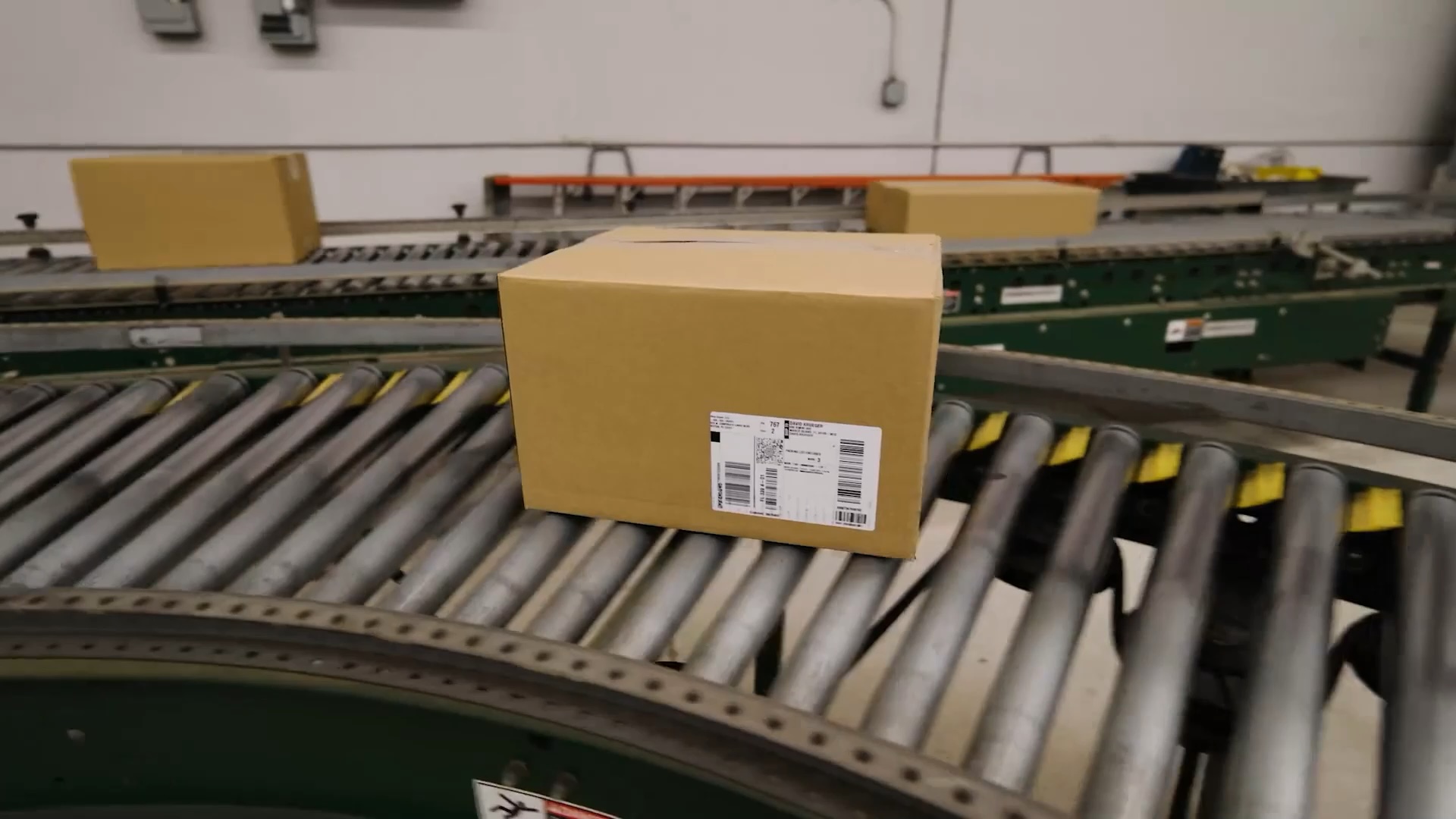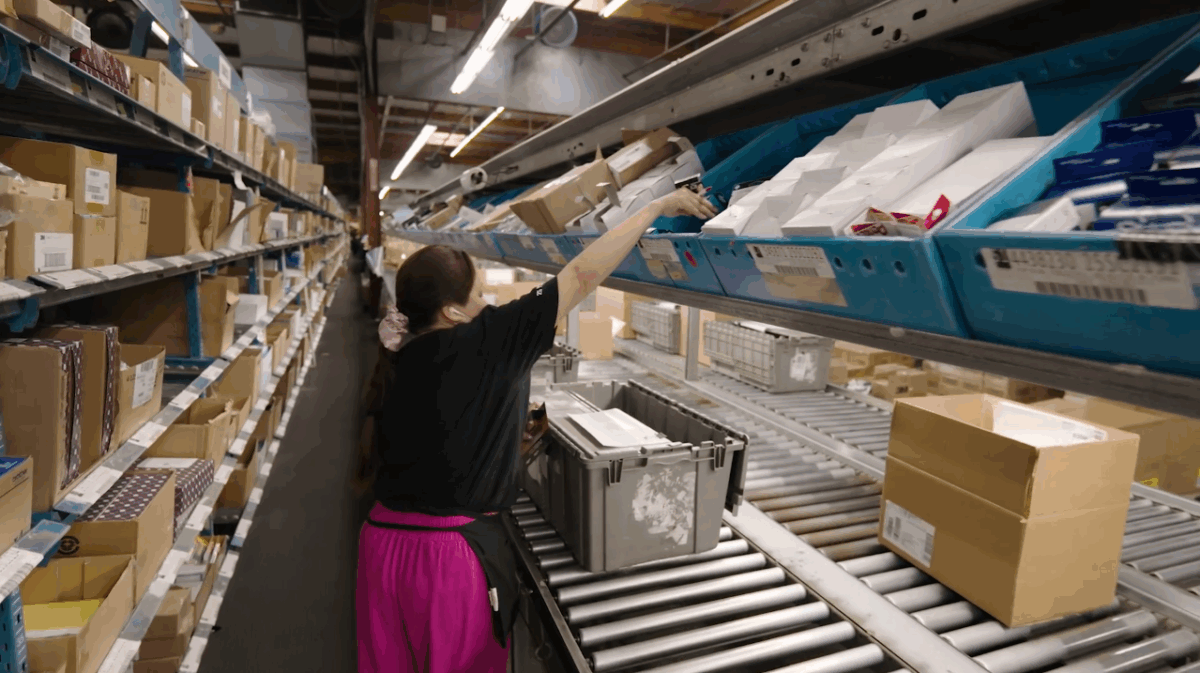
Discover how poor delivery experiences cost retailers 85% of customers permanently. Learn VEYER’s strategies to help protect customer retention and maximize LTV through superior fulfillment.
Poor delivery experiences don’t just disappoint customers – they permanently damage your business. According to a 2022 survey of 1,000 US consumers conducted by FarEye, a staggering 85% of customers will never shop with a retailer again after experiencing poor delivery service. This isn’t a temporary setback or a customer you might win back with a discount code. This is permanent customer loss that directly impacts your lifetime value calculations and long-term growth trajectory.
The financial implications extend far beyond the immediate lost sale. When you consider that acquiring a new customer costs five to seven times more than retaining an existing one, losing 85% of customers after a single poor delivery experience represents a catastrophic business risk that most companies severely underestimate. The ripple effects compound when you factor in negative word-of-mouth, social media reviews, and the lost opportunity for repeat purchases and referrals.
The True Cost of Delivery Failures
The FarEye study reveals additional concerning statistics that paint a complete picture of delivery-related customer behavior. Beyond the 85% who won’t return after poor delivery, 88% of consumers will abandon their shopping carts if delivery terms appear unfavorable, such as slow delivery options or high shipping costs. This means poor delivery experiences cost you customers at two critical points: during the purchase decision and after the fulfillment experience.
The Baymard Institute’s comprehensive analysis of cart abandonment, based on 49 different studies, provides additional context. Their 2025 data shows that 39% of consumers abandon carts due to extra costs including shipping, tax, and fees, while 21% abandon specifically because delivery is too slow. Combined, these delivery-related factors account for 60% of all cart abandonment – making delivery experience the single most important factor in eCommerce conversion.Let’s break down the key cost components of each fulfillment method:
Understanding Customer Expectations
Modern consumers have fundamentally different expectations around delivery than even five years ago. The FarEye study found that 86% of US consumers prefer to wait no more than three days for delivery, but the key insight is that they prioritize consistency and reliability over pure speed. McKinsey’s research confirms this trend, showing that consumers rank on-time delivery as more important to their satisfaction than speedy delivery.
This shift in priorities creates both challenges and opportunities for growing businesses. While customers are willing to wait slightly longer for delivery, they have zero tolerance for uncertainty, delays, or unexpected costs. About 85% of McKinsey survey respondents said they don’t consider an order “unacceptably late” if it arrives within one to two days of the expected delivery time, but this tolerance disappears entirely when deliveries arrive outside the promised window.
The tracking and communication aspect has become equally critical. Approximately 50% of consumers actively track order status to ensure shipments are progressing on time, and 76% of consumers report that an unacceptable delivery experience would strongly or somewhat affect their decision to order from that company again, according to research conducted for Anyline by Researchscape.
The Seasonal Amplification Effect
Peak seasons amplify every aspect of delivery experience, both positive and negative. During Q4 and other high-volume periods, the operational stress that leads to poor delivery experiences intensifies dramatically. Warehouse teams working at 150% capacity, temporary staff unfamiliar with processes, and strained carrier relationships all contribute to the exact delivery failures that permanently lose customers.
The timing makes these failures particularly costly. Peak seasons typically represent 30-40% of annual revenue for most eCommerce businesses, meaning delivery failures during these periods don’t just lose individual customers – they damage the most valuable customers making their largest purchases of the year. These are precisely the customers whose lifetime value calculations justify significant retention investments.
VEYER’s seasonal overflow fulfillment addresses this challenge by providing proven infrastructure that maintains delivery quality during volume surges. With ~40 fulfillment centers and 8 million square feet of capacity, VEYER absorbs the overflow that would otherwise strain your core operations and compromise delivery experiences. The result is consistent delivery performance that protects customer relationships during your most critical revenue periods.
The Competitive Advantage of Superior Delivery
While 85% of customers permanently leave after poor delivery experiences, the inverse creates tremendous competitive advantage. Businesses that consistently deliver exceptional fulfillment experiences don’t just retain customers – they capture market share from competitors struggling with delivery challenges. Navar and Reshop research shows that “free returns” rank as the second most important factor when deciding to buy online, behind only “free shipping.”
This dynamic creates a compounding effect where superior delivery experiences become a sustainable competitive moat. Customers who experience reliable, fast, and cost-effective delivery become increasingly loyal, while competitors losing 85% of customers after delivery failures struggle to maintain growth momentum. The businesses that solve delivery challenges first gain disproportionate market advantages that become increasingly difficult for competitors to overcome.
VEYER’s approach focuses on turning delivery from a potential liability into a competitive advantage. Our 99.9% order accuracy rate and same-day processing capabilities result in delivery experiences that consistently exceed customer expectations rather than risking the permanent customer loss that delivery failures create.
Taking Action: Protecting Your Customer Base
The 85% permanent customer loss statistic should fundamentally change how you evaluate fulfillment decisions. Every delivery failure isn’t just an operational hiccup – it’s a customer relationship ending permanently. This reality makes investing in reliable fulfillment infrastructure not just operationally smart, but financially essential for sustainable growth.
The solution isn’t necessarily building more internal capacity, which often creates the exact operational strain that leads to delivery failures. Instead, strategic partnerships with proven fulfillment providers like VEYER allow you to maintain delivery excellence without the capital investment and operational complexity that often causes delivery problems in the first place.
Ready to help protect your customer relationships from delivery-related permanent loss? Contact VEYER today for a free cost analysis and discover how our fulfillment infrastructure can help you eliminate the delivery failures that cost 85% of customers permanently. Schedule your consultation now and turn delivery from a business risk into a competitive advantage.




